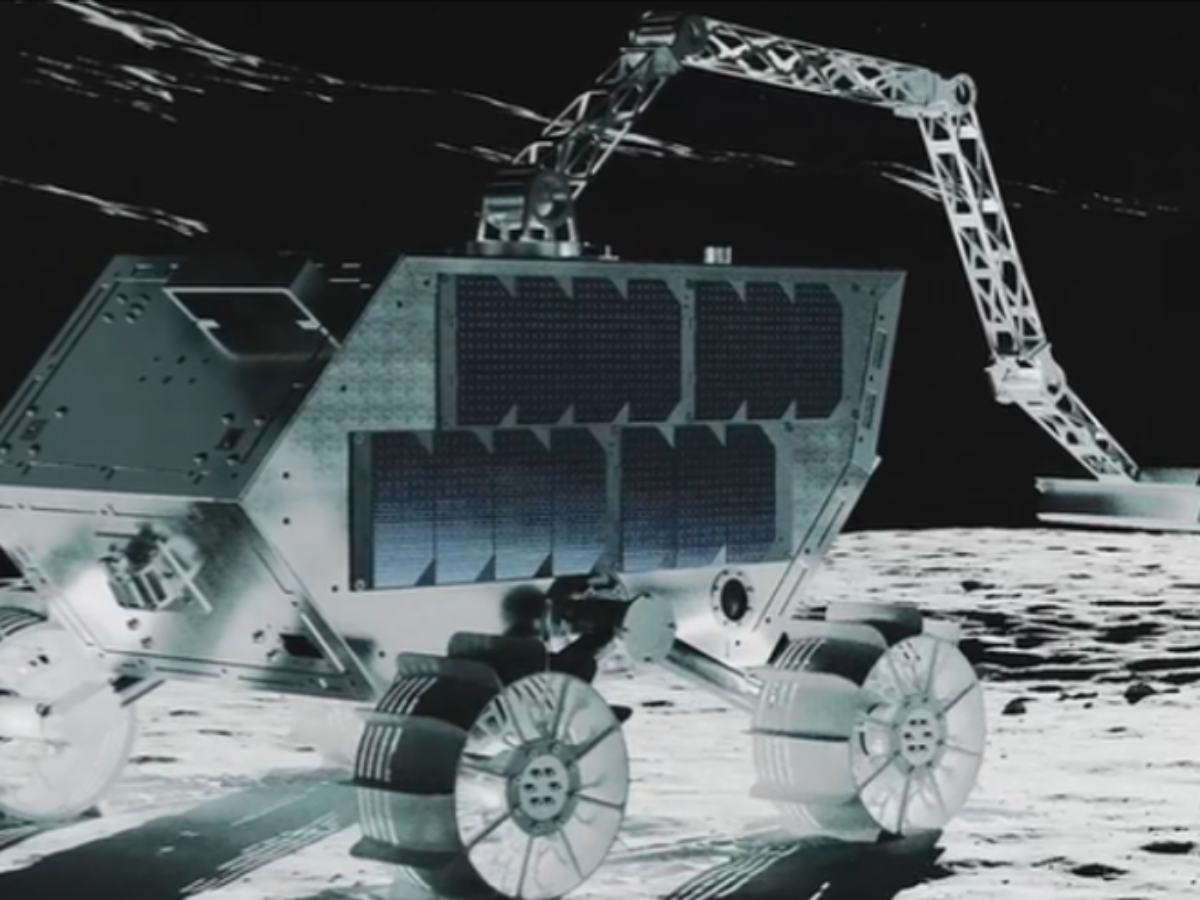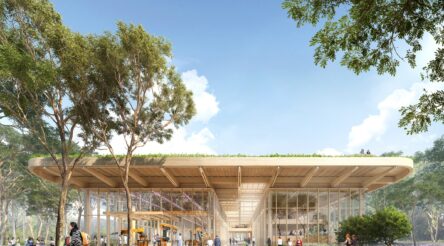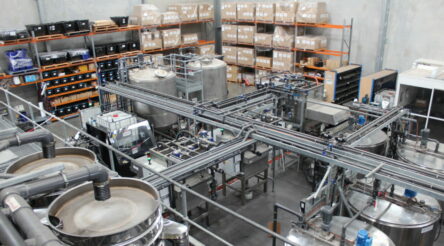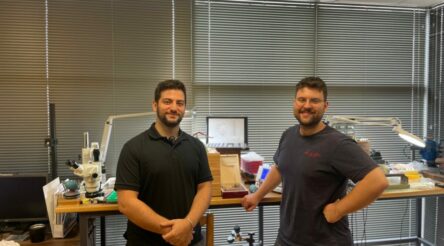Rolling for regolith

Two teams are currently competing to build Australia’s first lunar vehicle for a planned 2026 mission: AROSE and the EPE & Lunar Outpost Oceania Consortium (ELO2.) Brent Balinski speaks to Lunar Outpost’s roving ambassador Joseph Kenrick.
Joseph Kenrick describes his path into the space industry sector as “un-traditional.”
The Trailblazer Project Manager at Lunar Outpost Oceania – which co-leads a consortium aiming to deliver Australia’s first lunar rover – trained and worked as a petroleum engineer.
A little way in, the possibility of mining off-earth – along with the technical challenges attached to it – took him back to the Colorado School of Mines to study a Master’s in Space Resources.
“As a high school student and going into uni, I didn’t see an avenue for myself into the field.. which I know now is an absurd thought. But I never had anyone that I met that really worked in the field, so it just kind of seemed foreign to me,” Kenrick, who moved from Colorado to Melbourne in May, tells us.
He adds that the idea of earth being “a closed loop system” for 4.5 billion years was also part of his thinking.
“I was still very interested in resources, and the consideration that all the resources we’ve ever used have come from the same place. Everything: energy, fuels, materials, water,” says Kenrick.
“And biological history tells us anytime we’ve seen a dominant species in a finite ecosystem, consuming a limited amount of resources, that species collapses. It’s only a matter of time.”
A career of some kind in space is a more realistic proposition now than it has ever been, with the industry estimated to more than double by 2030 to perhaps $US 1 trillion.
Australia’s strength in resources has put it in a strong position when it comes to off-earth exploration. Two years ago the federal government announced a partnership with NASA that would see an Australian-made lunar rover supplied, for use in collecting lunar soil (regolith) for oxygen extraction.
The nation’s “experience in remote operations and autonomous systems” was cited.
 This heritage includes automation projects such as “the world’s largest robot” delivering iron ore for Rio Tinto, world leadership in port automation, and silver by a CSIRO-led team at the DARPA Subterranean Challenge Final Event (the “Robot Olympics”) in 2021.
This heritage includes automation projects such as “the world’s largest robot” delivering iron ore for Rio Tinto, world leadership in port automation, and silver by a CSIRO-led team at the DARPA Subterranean Challenge Final Event (the “Robot Olympics”) in 2021.
In March, it was announced that the AROSE and ELO2 consortiums had been picked for Stage 1 of the project to build Australia’s first lunar rover. Each was awarded $4 million by the Australian Space Agency to design and develop the semi-autonomous rover, with the winner delivering the system under stage 2.
There is a competition underway to name whatever is eventually built (the winning name will be announced in December) and the vehicle itself will be transported to the moon in 2026 at the earliest.
Kenrick’s company co-leads the ELO2 consortium with Australian robotics company EPE.
Colorado-headquartered Lunar Outpost has space heritage as part of NASA’s MOXIE (Mars Oxygen In Situ Resource Utilization Experiment) team and is preparing for two upcoming lunar missions. One will be on the lunar south pole later in 2023 and the other, planned for next year, will be at the equatorial Reiner Gamma site.
The first will provide a rover for Nokia’s LTE/4G NASA Tipping Point project with Intuitive Machines, helping integrate and test the first-ever LTE/4G network on the moon. The second, says Kenrick, will see a rover equipped with instrumentation for investigating magnetic anomalies.
“It’s going to drive around and investigate these anomalies to try and understand their origins, which will help inform the origins of the moon and potentially the solar system,” he adds.
In this episode of @AuManufacturing Conversation with Brent Balinski, Kenrick tells us about the many difficulties in building a rover for lunar missions, his observations about the local space sector, upcoming opportunities for Australians to be involved in designing excavation systems for the locally-built rover, and more.
Pictures: supplied
Episode guide
0:29 – Career path. Engineering for the petroleum industry, then a career shift.
2:00 – Joining Lunar Outpost about two years ago.
2:32 – Moving to Melbourne from Colorado in May.
3:28 – Nowadays there are many pathways into the space industry, “and really anyone can be involved.”
4:28 – Big Dipper and Little Dipper challenges around the excavation subsystems.
5:08 – Early observations on Australia’s space sector, its strengths, and the challenges it will face in this Trailblazer mission.
7:02 – The partnership co-leading the Trailblazer team with EPE.
8:18 – What Lunar Outpost does and some of its current projects, including lunar rovers that are headed to the Lunar South Pole and Reiner Gamma regions on the moon.
10:08 – Existing spaceflight heritage on the Perseverance rover on mars.
11:10 – Some of the challenges to building a robotic system for the moon, including extreme temperature swings, jagged regolith, and no GPS.
13:40 – Potential commercial spinoffs from this R&D.
14:48 – Competition to name Australia’s lunar rover.
15:50 – The two consortia vying to build Australia’s rover.
17:15 – Some of the partners on the team. including BHP, RMIT University, Inovor, Australian National University, Element Robotics, Colorado School of Mines, Titomic, One Giant Leap, and VIPAC.
Further reading
The ELO2 consortium’s website.
AROSE lunar rover to test Australian technology capabilities
Australians invited to name upcoming locally-made lunar rover
AROSE and EPE to design lunar rovers following grant awards
Australia is putting a rover on the Moon in 2024 to search for water
Applications open for up to $4 m grant funding to help design an Australian lunar rover
@aumanufacturing Sections
Analysis and Commentary Awards Defence Manufacturing News Podcast Technology Videos










